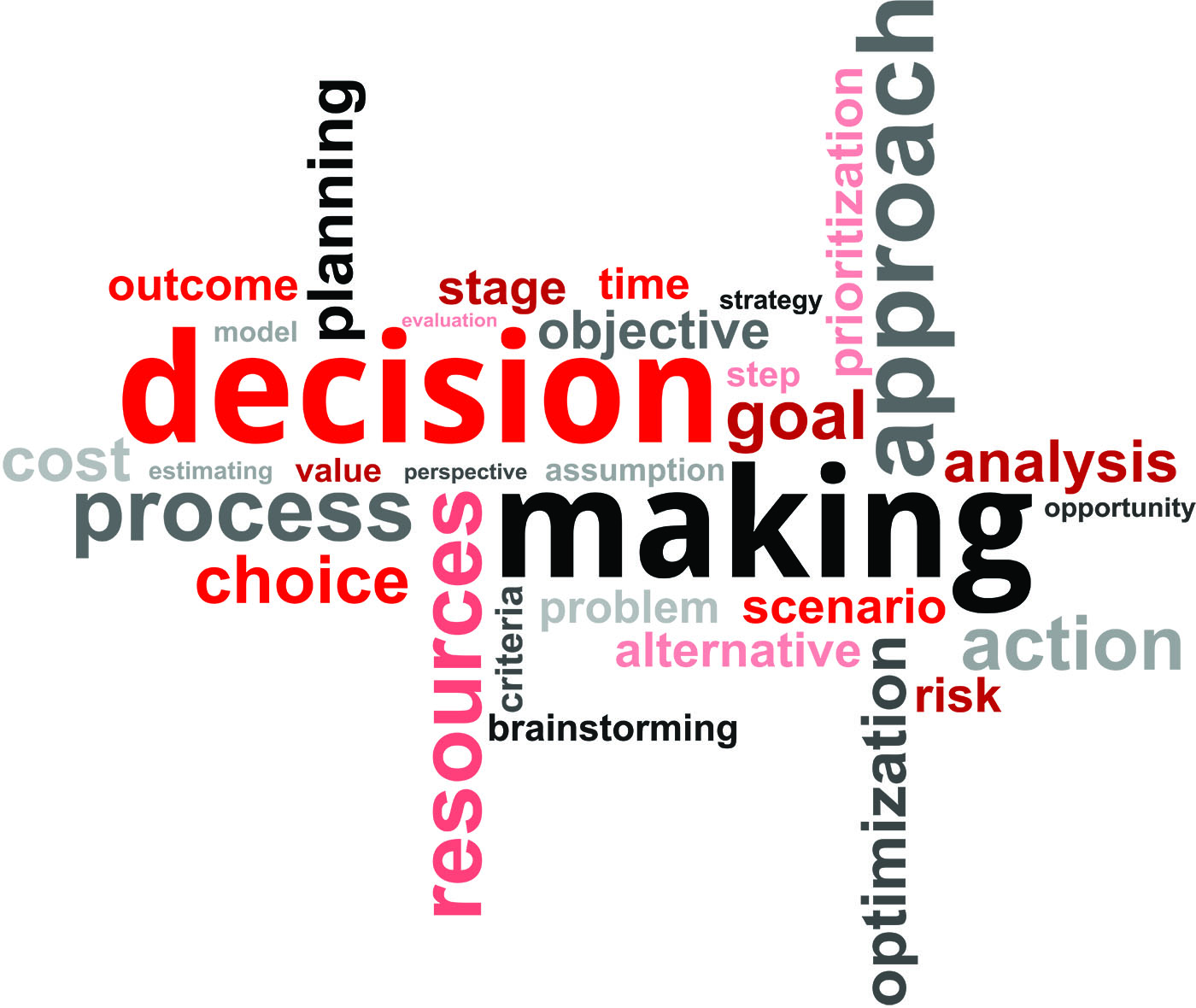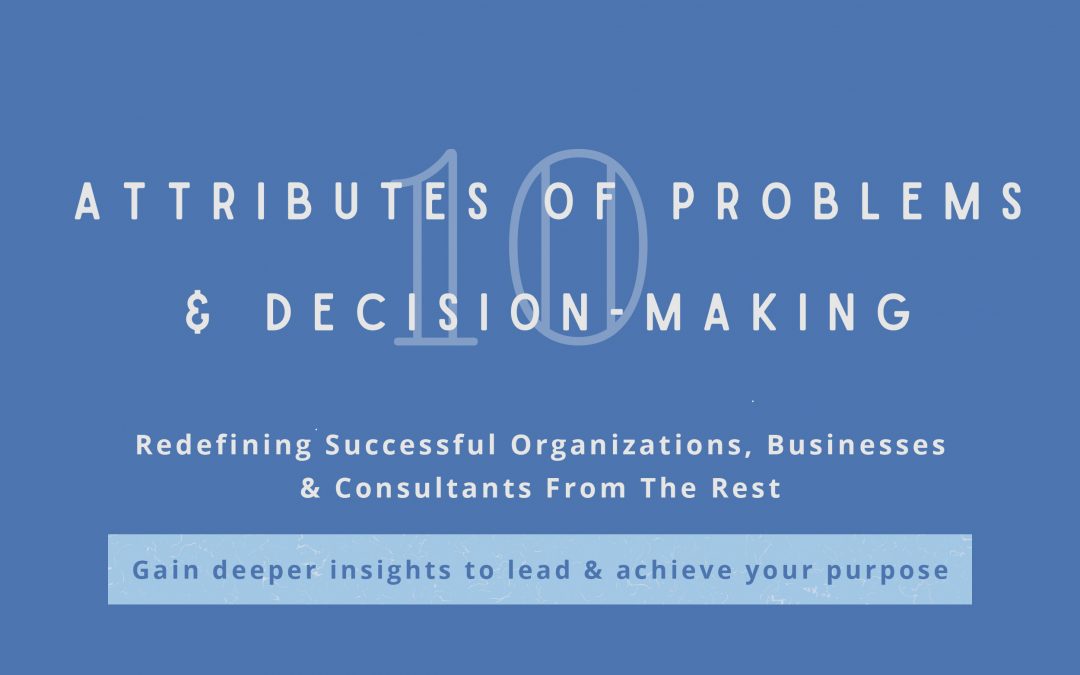Decision making, that daily practice that every business and organization performs, is a key ingredient of success.
Before rolling your eyes with “Duh!”, a critical question is how to ensure the outcomes –those desired results– are being or can be accommodated or managed to the benefit of all who are affected? But what about those ripple effects from your decision making? Do you have a handle on them? Are you sure you’re on the right track, right train, right-thinking right now? Just going to hope that you’ve mitigated most of the risks?
The Tolerable Imbalance Juggle of decision making
The decision making process is more than the sum of weighted choices + time (for an overview of the complexity of decision making and problems, see https://rippledeep.com/2021/05/problems-and-decision-making/). It’s also not a convenient or neat balancing act. Optimal decision making at some point affects people and possibly the environment. That requires engaged participants to reduce or eliminate negative fallout, which in turn also helps affirm alignment with the organization’s Purpose and its associated goals and best directions. Therein lies a challenge: who to ask, when, for how much input, and how much to divulge, plus a list of other questions. And of course, there’s the inescapable Time factor.
An imbalance of people involved in the process along with inadequate details and directions could end up demoralizing those people who are affected. The closer to the outcomes of the decision, the greater the personal, community or environmental benefit or cost. Morale and engagement are and will be affected by decisions to be made and the process of making those decisions. Whether employees or managers, or customers and suppliers, perceived self-worth will be affected. Bearing in mind that in the US alone, over $450 billion (that’s with a “b”, in 2020) has been estimated lost due to lack of employee engagement. What about lack of customer engagement? Imagine what even a 1% increase in engagement could mean for your organization!
Balance tends to be short-term whereas imbalance seems to be the norm, regardless of departments, plans, practices, or change. Yet, organizations and businesses continue to function even in the midst of imbalance. Indeed, they must. Life goes on, as they say.
A Systems View
The one common element that runs through the effects of decision making is the systemic interconnection. A Systems Thinking view of an event at hand (event = problem, issue, question, decision strategy, etc.) looks in the direction desired, the direction travelled, the ripple effects of problems and decisions, and at the input from multiple venues and people. A management member or team might would do well to consider multiple elements (e.g., needs, desires, information, resources, actions, time, and so on) of the event to achieve a modicum of respect that they’re accomplishing something beneficial for the organization. But for all the effects of every action? And with time constraints? Not likely with status quo practices.
It’s helpful, in some cases, to view the ripple effects caused by decision making (including indecision) as an ocean wave. Once the momentum begins, it is difficult to stop or correct it.
Having a robust tool that uncovers potential and real ripple effects allows the consultant or organization to manage potential long-term effects for the benefit of the organization, and to minimize and mitigate further negative impacts including risks. Understanding the effects of a decisions is the first step toward making the best one.
If you’re looking to get the most comprehensive view of your company to ensure you make the best decisions, then check out our FoRSE Big Picture Matrix system. It’s more than an analytical tool. Use it for problem analysis, personnel management, knowledge management, HR, just about anything to do with people and organizations together.
For more information about Ripple Deep’s FoRSE Matrix system, or to get started, contact us soon.



